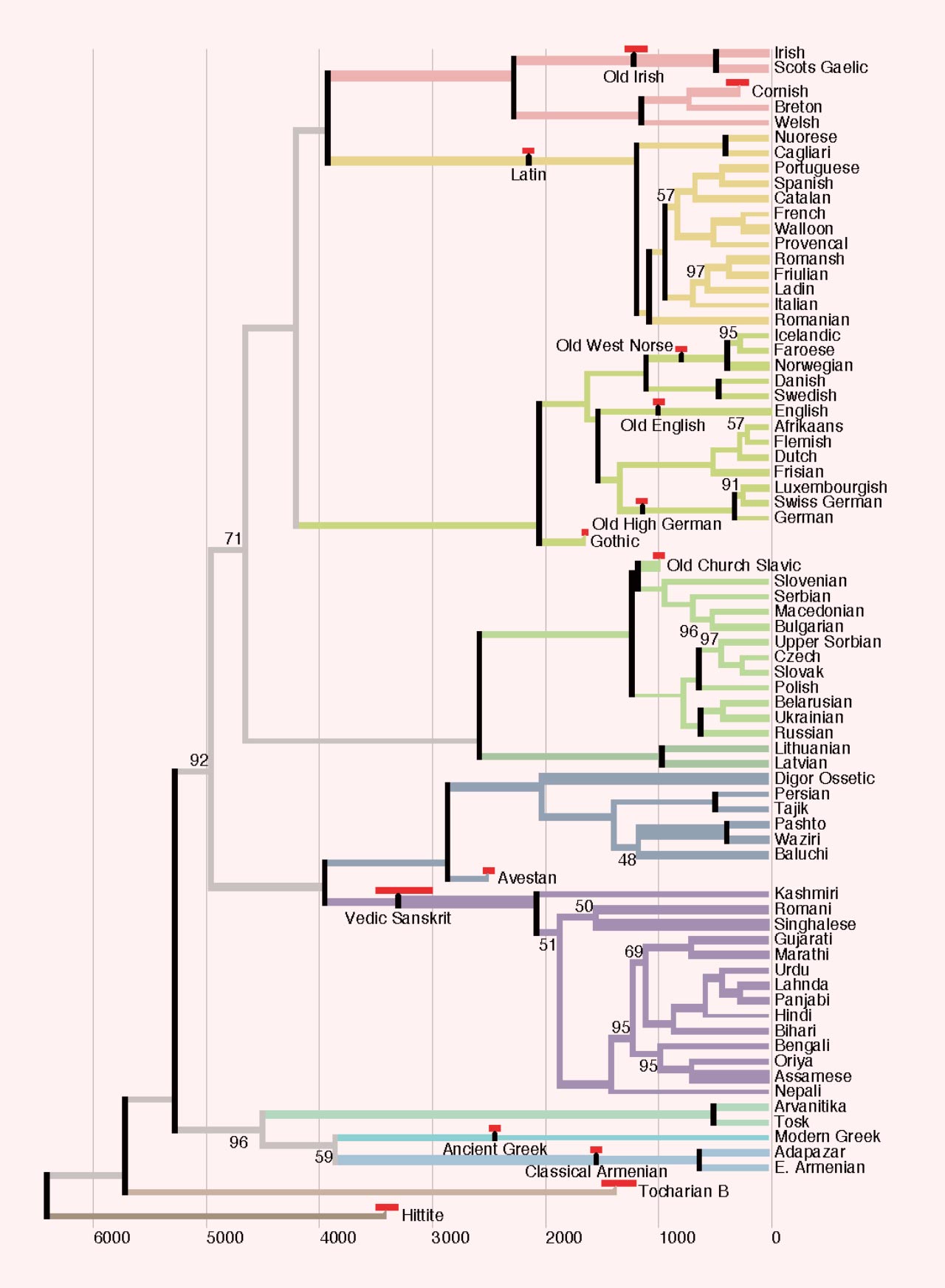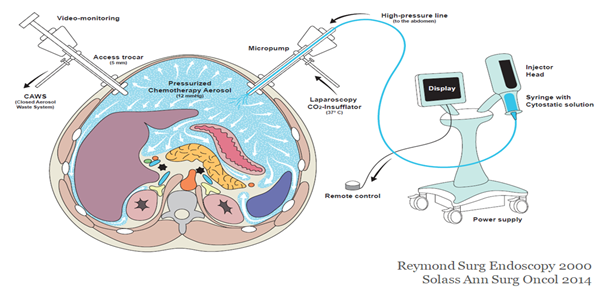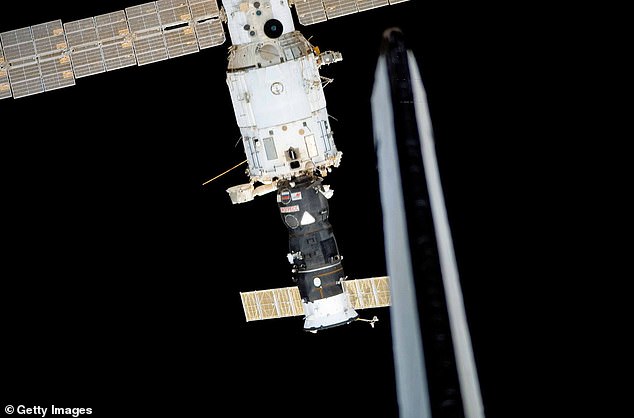


A new study published in Nature by Russian and Ukrainian scientists challenges the long-standing narrative about the origins of Indo-European languages like Sanskrit, Hindi, and Urdu. By analyzing DNA from ancient individuals across Eurasia, the researchers propose a migration route from the Eurasian Steppe that played a significant role in spreading language and culture. This study sheds light on the complex history of Indo-European language evolution and challenges traditional beliefs about the influence of Aryans.
Challenging the Origins of Indo-European Languages: New Evidence from DNA Analysis
Background
The Indo-European language family, which includes Sanskrit, Hindi, Urdu, and many others, is one of the most widely spoken language families in the world. For centuries, scholars have debated the origins of these languages, with a prevalent theory suggesting a migration from the Aryan homeland in Central Asia around 1500 BC.
New Findings
A recent study published in the journal Nature challenges this long-held narrative. Researchers analyzed DNA from ancient individuals across Eurasia, including individuals from the Yamnaya culture of the Eurasian Steppe. They found that a migration from this region around 5,000 years ago played a significant role in spreading Indo-European languages across Europe and South Asia.
According to the study, the Yamnaya culture was a highly mobile herding society that spread its language and culture through conquest and contact with other populations. The researchers suggest that the Indo-European languages spoken today are descended from this ancestral language that originated in the Eurasian Steppe.
Implications
The new findings challenge the traditional view of the Aryans as the sole introducers of Indo-European languages into India. Instead, they propose a more complex model that involves multiple migrations and cultural exchanges over a longer period.
The study also provides insights into the genetic landscape of ancient Eurasia, revealing connections between different populations and shedding light on the broader history of human migration and language evolution.
Top 5 FAQs
1. What is the significance of this new study?
It challenges the long-standing narrative about the origins of Indo-European languages, proposing a migration from the Eurasian Steppe as a major factor in their spread.
2. Does this mean that the Aryans did not exist?
No, the study does not deny the existence of the Aryans. However, it suggests that their role in disseminating Indo-European languages was not as exclusive as previously thought.
3. How does DNA analysis contribute to understanding language origins?
DNA contains genetic information that can be used to trace the ancestry and relationships between individuals and populations. By analyzing ancient DNA, researchers can gain insights into the genetic makeup of ancient societies and the patterns of migration that shaped their languages and cultures.
4. What are the implications of the new findings for the history of South Asia?
The study provides evidence for a more complex model of language evolution in South Asia, involving multiple migrations and cultural exchanges over time.
5. What are the next steps in research on the origins of Indo-European languages?
Future research will focus on further analyzing ancient DNA from different regions, examining the archaeological evidence associated with linguistic migrations, and exploring the cultural and linguistic interactions between different populations in the Indo-European language family.

The Defence Research and Development Organisation (DRDO) is offering internship opportunities for graduate and postgraduate students in the field of science and engineering. These programmes aim to provide hands-on experience in cutting-edge research and development in defence technology. Interested candidates between the ages of 19 and 28 with relevant degree backgrounds can apply for these internships, which range from 4 weeks to 6 months. However, selected candidates will have access only to unclassified areas and there is no guarantee of employment after the training period.

An earthquake with a magnitude of 4.0 struck Delhi early this morning, shaking residents awake and causing widespread fear and uncertainty. While some may brush off the eerie phenomenon of being woken up just before the quake, there may be some truth to humans having the ability to detect seismic activity. According to experts, our brains are subconsciously attuned to environmental changes, making us more likely to wake up or experience sleep disturbances before an earthquake strikes. Furthermore, earthquakes can have long-lasting effects on our sleep patterns, leading to chronic sleep disturbances and potential mental health issues such as anxiety and depression.

The recent earthquake in Delhi, with a magnitude of 4.0, has caused panic among residents of the National Capital Region. Experts have explained that the epicentre being in Delhi itself is the reason for the strong tremors felt. They have also emphasized the importance of taking safety precautions and following guidelines from NDMA and BMTPC, such as exiting small buildings and taking cover in larger ones.

Delhi was sent into a frenzy on Monday morning when a 4.0 magnitude earthquake rattled the city. The epicentre of the quake was near Durgabai Deshmukh College of Special Education in Jheel Park, Dhaula Khan. No casualties were reported, but residents were left shaken by the force of the tremors, with some witnessing uprooted trees and damage to properties. The National Centre for Seismology is actively monitoring the situation in Delhi-NCR, which is known to be part of an active seismic zone.

From a young age, the author's fascination with the natural world led them to pursue a career in science. However, as they progressed, they noticed the lack of female representation in STEM fields, particularly women of color. This not only has negative impacts on inclusivity and diversity, but also leads to products and research that do not accommodate female needs. The author argues that celebrating and including women in STEM is crucial for driving innovation, addressing societal challenges, and ensuring diverse perspectives are integrated into scientific and technological progress.

The Human:Nature campaign led by The Nature Conservancy has raised over $50 million for conservation efforts in Indiana, surpassing its initial goal by $2 million. This successful fundraising initiative has allowed TNC to protect 10,000 acres of land, plant 140,000 trees, improve visitor experiences at nature preserves, and promote sustainable agriculture practices in the state. Additionally, the Mining the Sun strategy has been implemented to repurpose mine lands and brownfields for renewable energy projects. This campaign showcases the crucial connection between humans and nature, and the positive impact conservation efforts can have on both.

While recording a podcast with tech millionaire Bryan Johnson, Zerodha's Nithin Kamath was shocked by the air quality in Mumbai's Bandra area. With an AQI of over 160, Nithin's Instagram post shed light on India's air pollution crisis beyond the commonly associated city of Delhi. He also called for researchers to collaborate and address the long-term health risks associated with breathing in polluted air. Nithin also suggested a policy to link real estate prices to AQI levels to prioritize public health.

Dr Jitender Rohila, a renowned surgeon and consultant at Fortis Hospital, explains the cutting-edge surgical procedures of HIPEC and PIPAC, which are transforming the treatment of peritoneal surface cancers. These techniques involve delivering heated chemotherapy directly to the abdominal cavity or aerosol chemotherapy under pressure, resulting in improved drug absorption and reduced side effects. While HIPEC is suitable for patients who have undergone cytoreductive surgery for abdominal cancers, PIPAC offers promising options for those with advanced diseases or seeking additional treatment after surgery.

NASA and Roscosmos are on high alert as cracks in the Russian service module on the ISS continue to worsen, posing a top safety risk. Despite efforts to contain the air leak since 2019, the source remains unknown and has reached record high levels this year. As a precaution, astronauts have been instructed to stay close to their spacecraft, and access to the module has been limited to critical use only. NASA is also working on an emergency evacuation plan for American astronauts, highlighting the urgency of this critical situation. With the ISS facing an increased risk from orbital debris and operating beyond its intended lifespan, the future of the station remains uncertain.